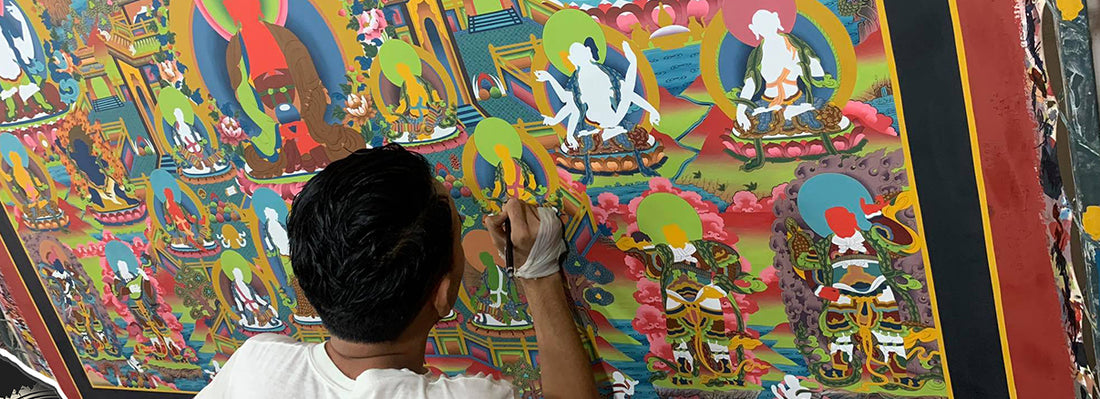
The History of Thangka Paintings
Share
Thangkas have a rich history that spans more than a thousand years. They originated in India, where they were used as teaching aids for Buddhist monks to help them understand complex teachings and meditation practices. Over time, they spread to other parts of Asia, including Tibet, Nepal, Bhutan, and Mongolia, where they became an important part of the religious and cultural traditions.
In Tibet, thangkas were used in monasteries and temples as well as in homes as objects of veneration and meditation. They were also used as offerings to the gods and as gifts to religious leaders and scholars. The creation of thangkas became an important form of religious practice, and many Tibetan artists dedicated their lives to mastering the art of thangka painting.
During the 20th century, Tibet underwent significant political and social changes, including the Chinese invasion of Tibet. As a result, many thangkas were lost or destroyed, and the tradition of thangka painting was threatened. However, in recent decades, there has been a revival of interest in thangkas, and many artists and practitioners are working to preserve this important aspect of Tibetan culture and spirituality. Today, thangkas continue to be created and used in Buddhist communities around the world.
Ai generated text.
